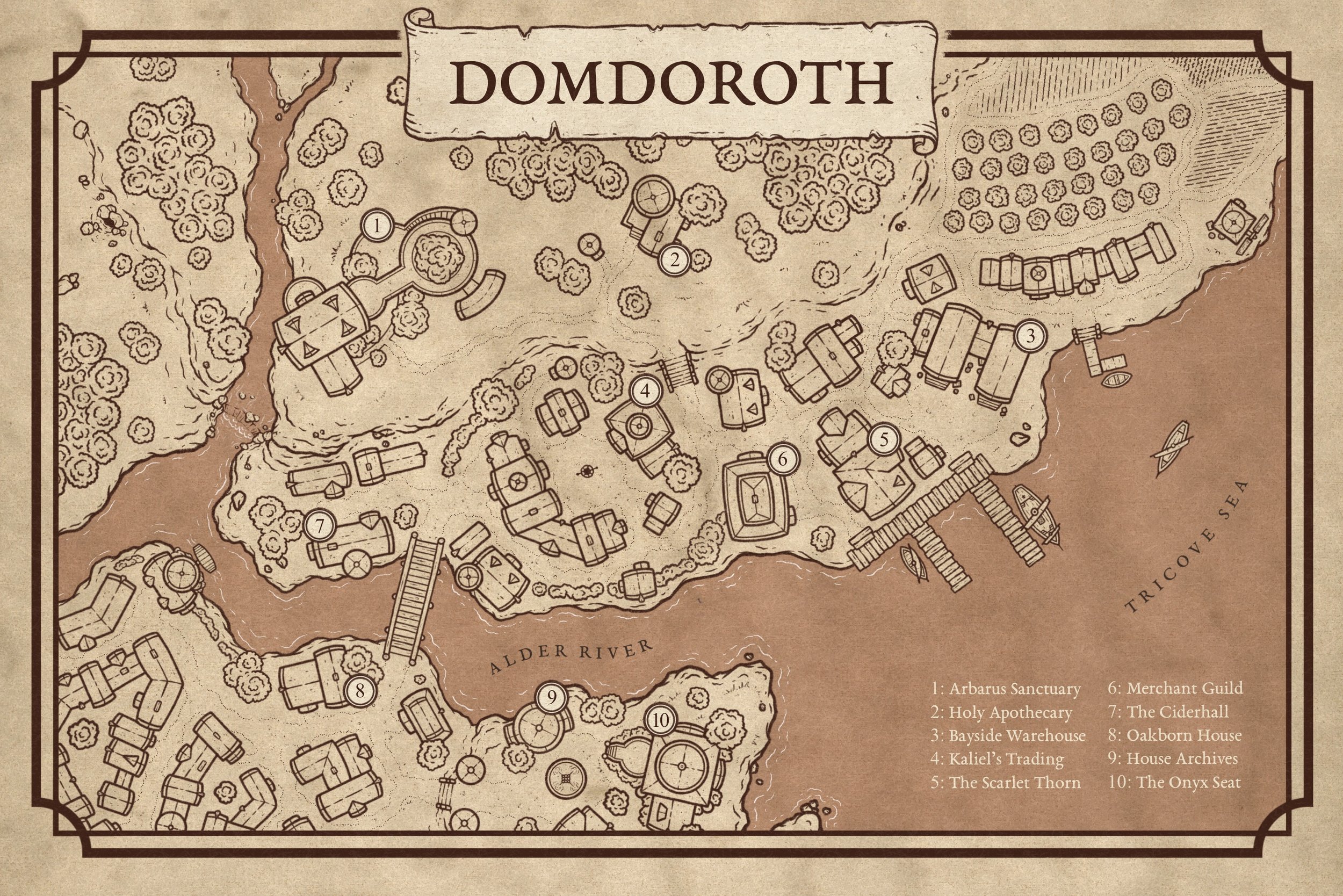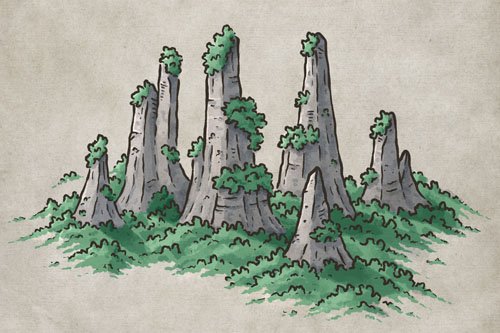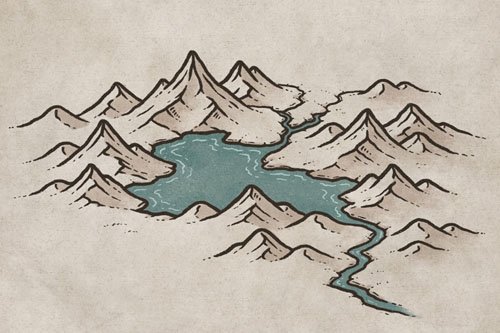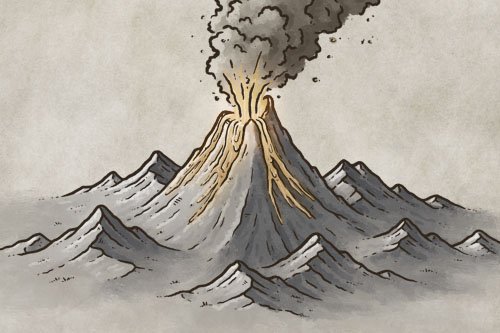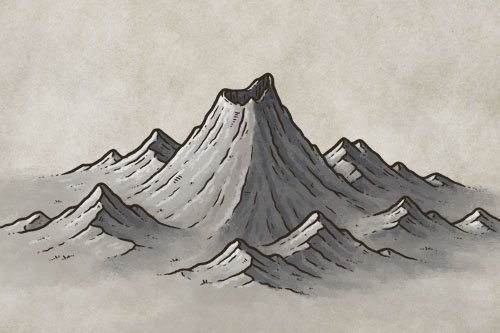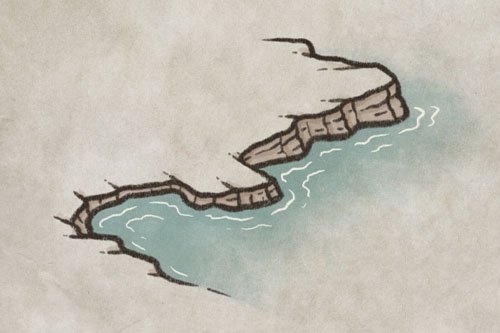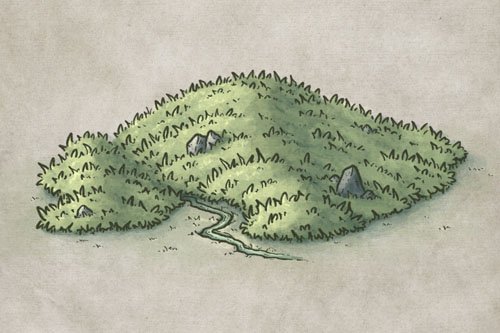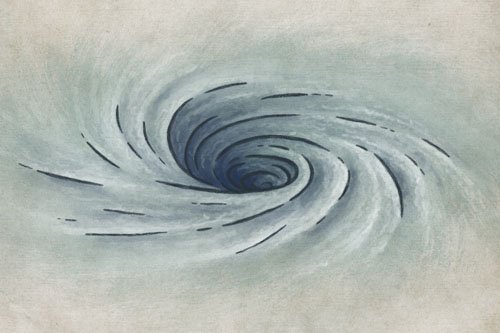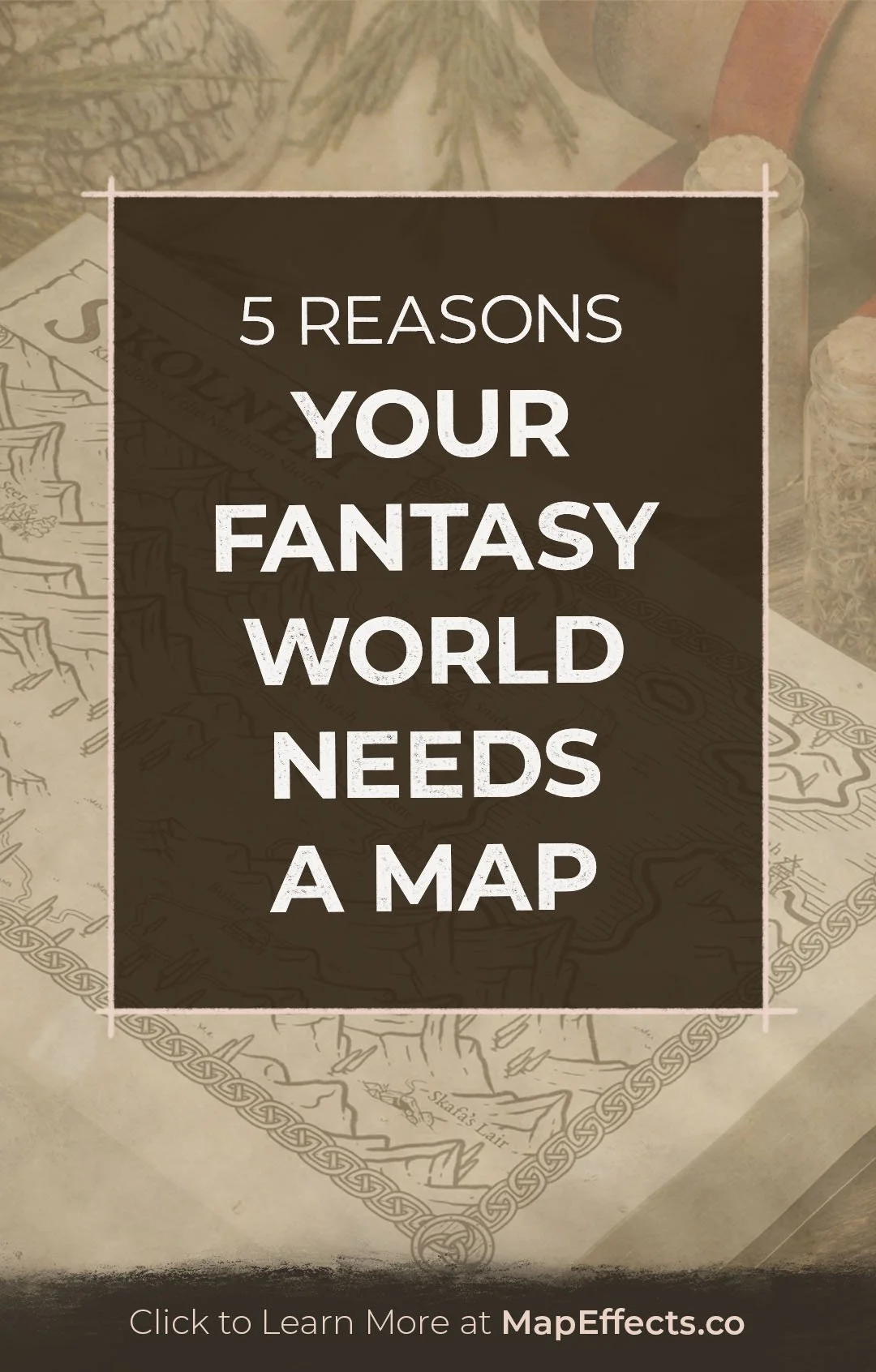5 Reasons to Create a Map for Your Fantasy World
Creating your own fantasy world is frankly a lot of fun, but it can quickly become overwhelming. With so many locations, cultures, and events to keep track of, it's easy to get lost in the details of your own world. Having a map helps you develop many of the big-picture elements of your story, creating a more consistent and immersive experience for your players or readers. A map is more than just a tool for navigation; it's a way to bring your story beyond the written word and immerse people in the history and culture of your world. Whether you're a seasoned game master or a first-time storyteller, it is worth investing the time to create a well-designed fantasy map to bring your world to life. Here are 5 reasons you should grab a piece of paper and start mapping your story!
1. Visualizing Your World
The process of creating a fantasy map can be extremely helpful for visualizing your world. By mapping out the landscape and settlements, you'll be able to get a sense of the lay of the land! This helps you make better decisions about where you place certain locations, how cultures may interact, and what events could be an overflow.
For example, if you are designing the political environment of your world, a map showing the borders and territories of each kingdom can help you understand how they may interact with each other. Do these kingdoms have an alliance or are tensions building toward war? Could there be political intrigue within the court or perhaps espionage between the kingdoms with a plot that could make up part of your story? There are so many ways you could take this, but being able to see exactly how different nations are placed on your map can inspire entire storylines that drive the geopolitics of your world. And if you want to learn more about city placement, check out the guide I wrote: Where to Place Cities on Your Fantasy Maps
A map can also help get a handle on the geography of your world and where mountains, forests, rivers, etc. are located. By mapping out these kinds of things, you can understand how they affect things like travel time or the resources available. This can inspire you to create interesting cultures, characters, or creatures that are tied to these natural features. This is why I personally prefer to draw a map very early in the world-building process for any story I want to write. You will often find that the map itself takes on a life of its own and ideas for your story will be an outflow of what you see on the page.
2. Creating Consistency
Have you ever read a story where you noticed an obvious contradiction about where something like a town or even a mountain is located? Or perhaps something felt off about the distance some characters were supposed to travel and it sure seemed like they got to their destination a bit too quickly. By drawing out clear geography and borders on a map, you can ensure that your world remains cohesive and logical. Consistency is important because obvious contradictions can ruin the experience and take people instantly out of the story.
One of the biggest advantages of using a map is it helps you keep track of distances and travel times between locations. I bring this up specifically because it’s probably one of the most common, but easily avoided mistakes you can make as a storyteller. This can be especially important for RPG campaigns, where your players may be traveling from one location to another over multiple sessions. By referencing the map and estimating travel times, you can create a more realistic world. A setting with consistency cultivates a level of believability that players find immersive and more engaging.
A well-designed fantasy map is an essential tool for creating consistency in your story. This can be especially important if you plan to use your fantasy world in multiple campaigns or stories, as it can help ensure that the world remains consistent as it grows and evolves.
Not sure how to measure distance on your map if it doesn’t follow a straight line? Check out my Map Tip on How to Measure Distance on a Wandering Path.
3. Kickstarting Your Imagination
By creating a map of your world, you can uncover new ideas and inspiration for your story that you may not have considered. You might discover a new location that sparks an idea for an encounter or see an area where players could uncover a hidden pathway. There is just something about the process of creating a map that can help you see your world from a different perspective and get your mind racing with possibilities!
Creating a map can be especially helpful when you're stuck in a creative rut. By looking at the map and mentally exploring different regions or cultures, you can come up with new ideas for your story that you may not have thought of otherwise. You can also use the map to create a sense of foreshadowing or anticipation for future events in your story. For example, you could hint at a mysterious location on the map that the characters could encounter later, creating a sense of excitement and intrigue.
A fantasy map can be a powerful tool for inspiring your imagination and creativity. By mapping out the geography and cultures of your world, you can come up with new ideas for your story, create a sense of depth and richness, and create anticipation for future events. So don't be afraid to let your imagination run wild and use your fantasy map to help you create a more immersive and engaging story!
The Fantasy Map Builder
$34
Now compatible with Procreate, Photoshop, Affinity, & Clip Studio Paint!
Easily create hand-drawn fantasy maps for your upcoming fantasy novel or next role-playing campaign without learning how to draw! Includes over 300 features so you can map your story. Tap below to learn more!
4. Adding a Sense of Realism
Just because you’re creating a fantasy setting, doesn’t mean you shouldn’t strive for a sense of realism. Your story should have a mix of familiar and strange in order to make your world compelling, but it’s the believability of your world that will cause it to feel authentic. By mapping out the geography of your world, you can create a sense of realism that makes your story feel grounded and immersive. A map that is a relic from the world you’ve created adds layers of depth to your worldbuilding.
Using a map to add a sense of realism to your story can be especially important for RPG campaigns, where players may question the details of your world and expect an answer. By using the map to create continuity, you can make your setting feel believable for your players, even if you haven’t worked out every single detail for all corners of your world. Even if you just have general ideas about a certain area, it creates the illusion of depth and preserves believability. Then as your players explore, in future campaigns their interest can guide where you invest time fleshing out the worldbuilding further.
5. Creating a Visual Connection
Last but not least, we shouldn’t lose sight of the fact that people just love looking at maps. If there is a map hanging on the wall, I’ve regularly witnessed people who aren’t necessarily interested in getting into cartography themselves, stop and just stare at the map. The most common piece of Lord of the Rings merch you see is a map of Middle Earth on everything from a poster to buttons and even leggings. A map can become an iconic visual that reminds people of a story and a world they love. The written word is a powerful tool, but pairing it with a visual component like a map is a great way to add another layer to a reader’s experience.
There is certainly an art to designing and illustrating a fantasy map, but whether you choose to do it yourself or hire someone with a style you like to do it for you, I hope you see that it is worth the investment of time or money. But even if you are still in the early stages of writing your story, there is nothing wrong with some simple triangles for mountains and a couple of place names scribbled on the page. Even a very basic map can give you all of the benefits we have discussed here. So don’t let the process overwhelm you!
Want to learn how to draw a map yourself? Be sure to Check Out the Tutorial Section HERE.
Happy Mapping!
Josh


